Follow Along for a Powerful Camera Shot
Depending on the point of view and style of writing, moving shots can either seem like they are occurring inside the character’s head in the way they view and interact with their world or can appear as if we are watching the character in motion. Follow simply means what it implies: the camera follows the character in action. In a novel written in omniscient POV, the camera will often “follow” the characters and action as the story is told. In a novel using first-person point of view, writers can give a sense of “following” the character by moving along with them as they go about their business.
In the novel The Fence My Father Built, written by Linda S. Clare, we watch her protagonist, Muri, leaving the trailer she’s staying in and heading on her way. While walking, we see the things she notices and thus learn more about her.
I crept past Lutie, who sat planted in the green recliner with her basket of crochet yarns and what must have been a Bible. After a wave and a whispered explanation, I tiptoed outside.
The air was still and almost icy; my eyes watered from its sting. During the night I’d awoken, shivering, not remembering at first where I was. I’d read somewhere that the desert temperature could go from a daytime sizzle to freezing after sundown, and now I didn’t doubt it.
Across the yard the mound of bike parts glistened with the early morning wetness that I’d always heard was angel tears. Some of the sprockets stared at me, their gaping eyes rimmed with metal eyelashes. It could have been a postmodern sculpture. “In New York you’d fetch big bucks,” I told it.
Walking would warm me. I crossed the rickety bridge that spanned the creek and started off toward the road to town. I pumped my arms, striding briskly along the rutted lane, where evergreens, withered and skeletal, blended into the gray green of the sage. Tiny had said the trees were infested with a kind of beetle, killing them an inch at a time. This saddened me and I walked faster.
The only colors came from the sunrise and the earth itself, reds and dusty pinks. I was careful to avoid little holes in the ground, which I imagined to be rattlesnake hideouts and tarantula dens. I reminded myself to leave them alone and they’ll leave you alone. Still, a hawk’s cry overhead startled me. A small rabbit darted back into the brush. I suspected the poor hare wouldn’t get far with the “live and let be” attitude.
That philosophy didn’t work as well with other areas of life, either, I’d discovered. For the last twenty-four hours I’d gone along with whatever came, tried not to judge, slept in the corner of a trailer that was so junked out it set my teeth on edge. Nova had immediately stuck her glow-in-the-dark plastic stars to our bedroom ceiling and their phosphorescence had only kept me awake.
I walked faster, no longer fighting off the urge to get this run-down place in shape.
Notice how much Clare reveals in this brief jaunt her character takes. We get a sense of a camera following her, all the while, in Muri’s head, her own “camera” is Angling On details like the glistening bike parts. Her inner camera uses Long Shots and Close-Ups and even Follows the rabbit darting into the bush. In essence, we see the same scene being shot from within and without. Sounds confusing, but Clare does this seamlessly to great effect. We learn important things about her character as we follow her on her way.
We Follow; We See What They See
So keep in mind that as the camera is following the character on the outside, the reader is seeing out that character’s eyes and seeing what they see. This is the juggling act I talked about in an earlier post, and what makes novel writing tricky. But when it’s done well, it isn’t noticeably awkward at all.
In Jodi Picoult’s novel about a school shooting, we follow Patrick, a police officer, who gets the report of the school shooting and runs inside a building looking for the shooter:
As he raced up the steps to the school, he was vaguely aware of two other patrol officers bucking the chief’s commands and joining him in the fray. Patrick directed them each down a different hallway, and then he himself pushed through the double doors, past students who were shoving each other in an effort to get outside. Fire alarms blared so loudly that Patrick had to strain to hear the gunshots. He grabbed the coat of a boy streaking past him. Who is it?” he yelled. “Who’s shooting?”
The kid shook his head, speechless, and wrenched away. Patrick watched him run crazily down the hallway, open the door, burst into a rectangle of sunlight.
Students funneled around him, as if he were a stone in a river. Some billowed and burned his eyes. Patrick heard another staccato of gunshots, and had to restrain himself from running toward them blindly. “How many of them?” he cried as a girl ran by.
“I . . . I don’t know . . .”
The boy beside her turned around and looked at Patrick, torn between offering knowledge and getting the hell out of there. “It’s a kid . . . he’s shooting everyone . . .”
That was enough. Patrick pushed against the tide, a salmon swimming upstream. Homework papers were scattered on the floor; shell casings rolled beneath the heels of his shoes. Ceiling tiles had been shot off, and a fine gray dust coated the broken bodies that lay twisted on the floor. Patrick ignored all of this, going against most of his training—running past doors that might hide a perp, disregarding rooms that should have been searched—instead driving forward with his weapon drawn and his heart beating through every inch of his skin . . .
He pounded up the main stairwell, and just as he reached the top, a door cracked open. Patrick whirled, pointing his gun, as a young female teacher fell to her knees with her hands raised. Behind the while oval of her face were twelve others, featureless and frightened.
He continues to run through the school, into the gym, seeing more bodies, hearing more shots, and the camera follows along with him. Finally, he finds a boy shivering in the corner of the locker room:
“Are you okay?” Patrick whispered. He did not want to speak out loud and give away his position to the shooter.
The boy only blinked at him.
“Where is he?” Patrick mouthed.
The boy pulled a pistol from beneath his thigh and held it up to his own head.
And then we watch what happens after Patrick realizes this boy is the killer he’s been hunting. As the camera Follows Patrick through the rooms and corridors of the school, Patrick’s “inner camera” is angling on things, zooming up close as he notices clues like shell casings, the papers scattered across the floor, and the dust on the bodies he encounters. Picoult shows us how to do it, making it look easy. But that’s the art of an excellent writer. The good news is you can learn to do this too!
This week, find a scene or two in your novel in which the camera Follows a character as she moves through the scene. Look at how the inner camera is being used while this is going on. Are you getting into your character’s head and showing what she sees? If not, add some thoughts and lines to give a clue what she is thinking, seeing, and what’s important to her. This is a great way to reveal character and get your reader to care what happens to her. If you want, you can print out your pages and use one highlighter color for the lines that describe the external following and another for the things the internal camera notices. See if you can rework the scene to achieve a balance between the two.

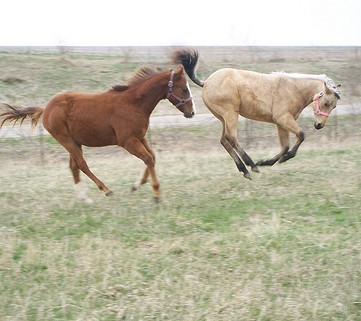
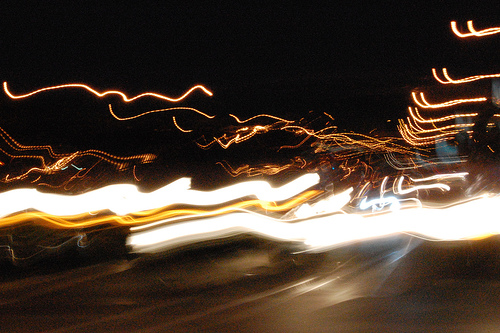
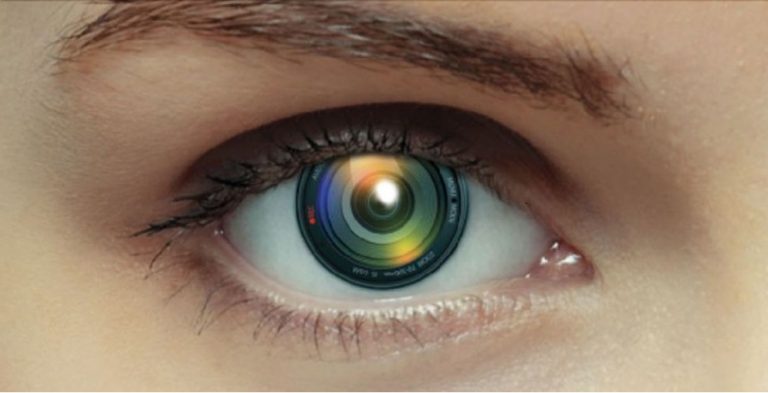
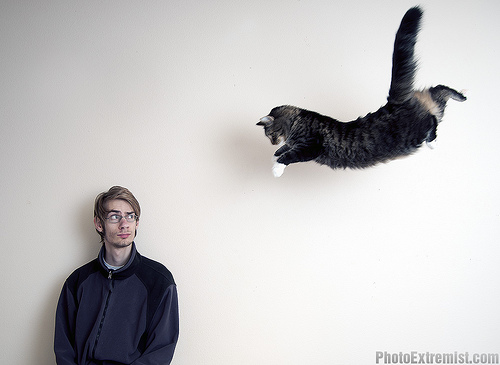
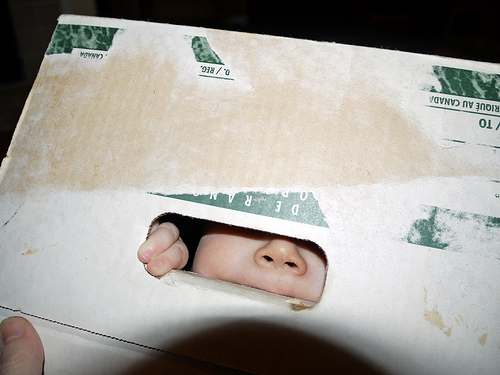
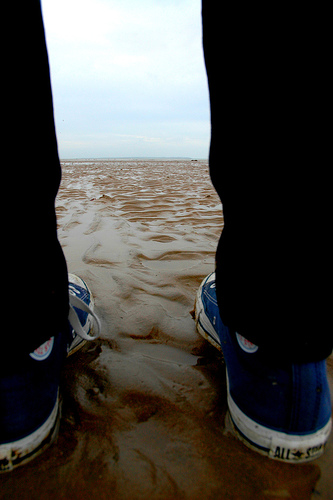
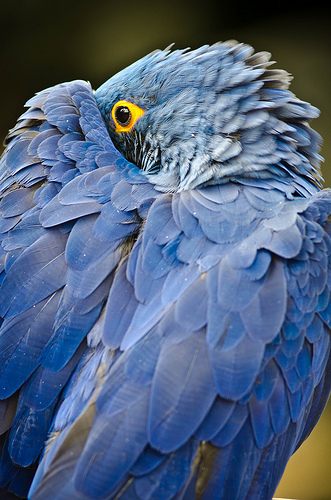




Excellent post! With two members of our Christian Poets & Writers group on Facebook coming together so beautifully here – and, with writing tips too – this article just had to be highlighted on the Christian Poets & Writers blog – http://christianpoetsandwriters.blogspot.com. Thanks and blessings to you both.